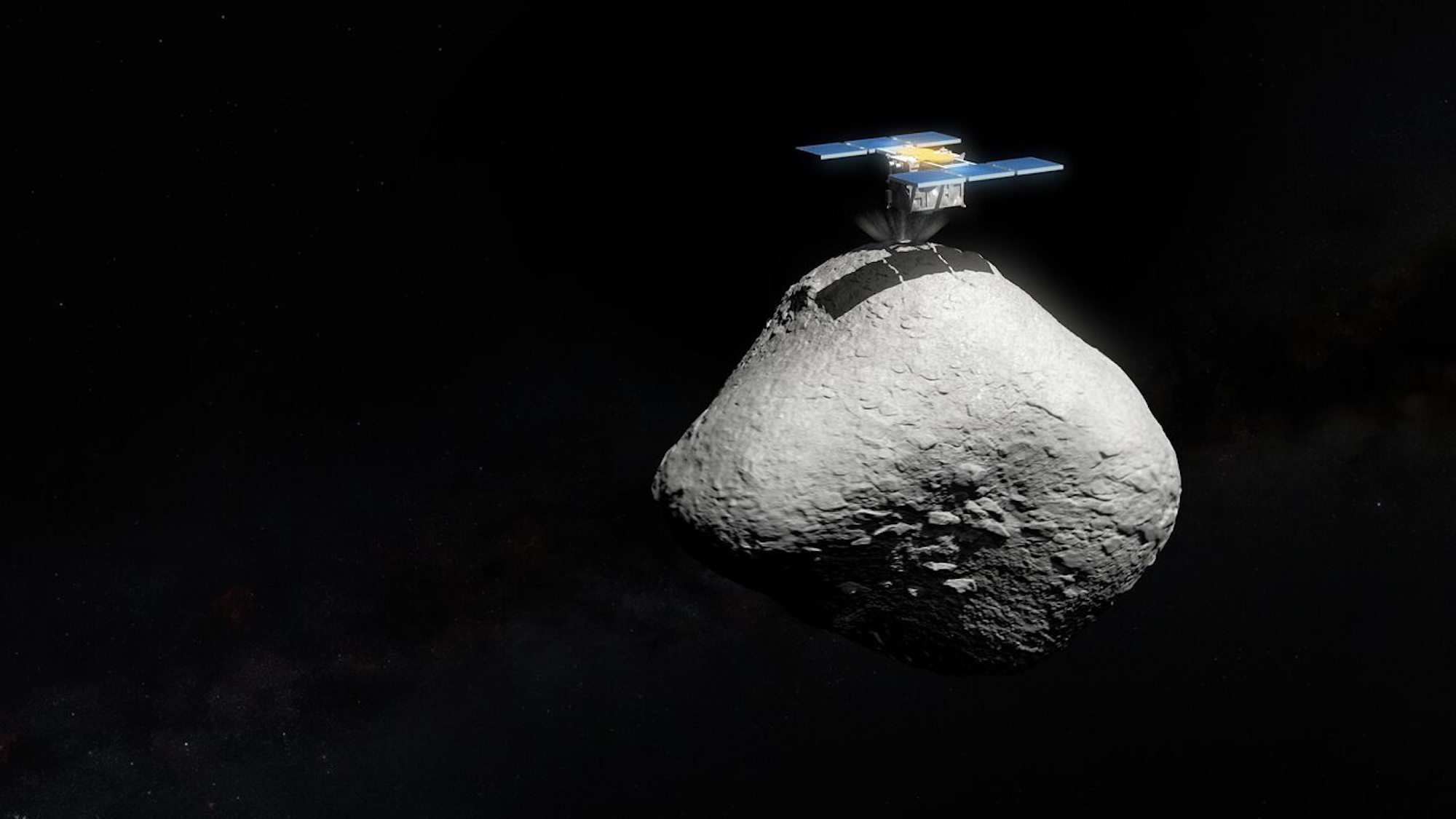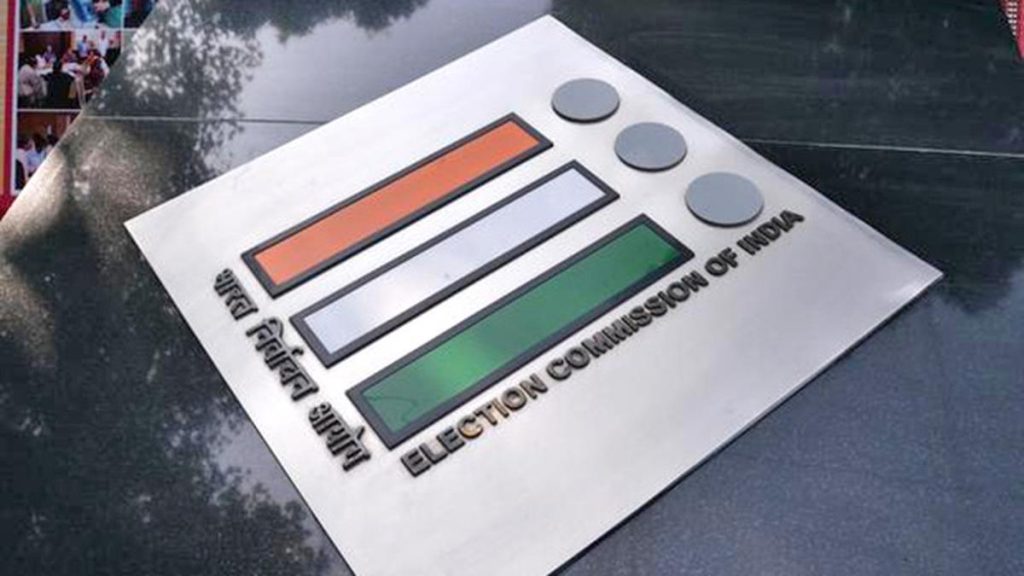Now Reading: Japanese Spacecraft Prepares for Challenging Asteroid Landing
-
01
Japanese Spacecraft Prepares for Challenging Asteroid Landing
Japanese Spacecraft Prepares for Challenging Asteroid Landing

Fast Summary
- Japan’s Hyabusa2 space probe, operated by JAXA, is en route to asteroid 1998 KY26, scheduled for a final collection mission in 2031.
- Observations from ESO’s Very Large Telescope reveal KY26 is only 11 meters wide-three times smaller than previous estimates-and rotates once every five minutes.
- Landing on such a small and fast-spinning target presents critically important challenges for the spacecraft.
- The asteroid’s surface composition remains uncertain; it could either be solid rock or loose rubble held together by gravity.
- Researchers highlighted the meaning of characterizing small asteroids like KY26 due to their potential relevance in planetary defense and future space missions, including mining operations.
- Asteroids of similar size have caused impactful events on Earth before-e.g., the Chelyabinsk meteor in 2013 released energy equivalent to 30 Hiroshima bombs.
Images included:
- Artist’s impression of Hayabusa2 landing on asteroid KY26 (dimensions comparison).
- Size comparison between previous target Ryugu and current target KY26 (artist’s impression).
Indian Opinion Analysis
The revelations regarding asteroid KY26 demonstrate both advancements in astronomical research and the challenging demands of precision deep-space exploration missions like Hyabusa2’s ongoing journey. While Japan leads this effort, India has parallels with its developing expertise under ISRO’s Chandrayaan and planned Aditya-L1 missions that explore celestial entities at closer distances.
For India, addressing near-Earth objects underscores an opportunity in bolstering planetary defense capabilities as part of global cooperation frameworks addressing hazards akin to Chelyabinsk-like incidents cited here. beyond safety concerns, India’s push for deeper space explorations will likely benefit technologically from observing such international endeavors aimed at small-object reconnaissance or space resource development.
Read More: Hyabusa Mission Details
























